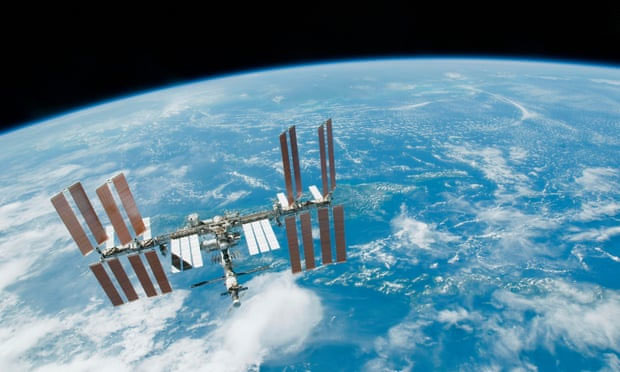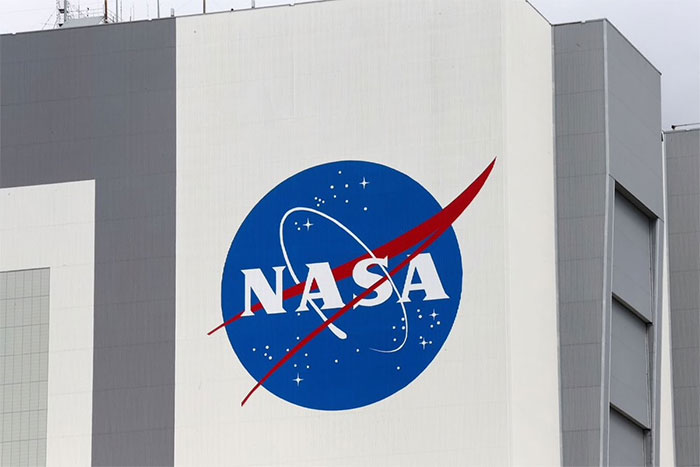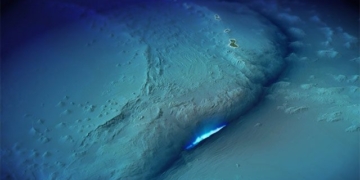The National Aeronautics and Space Administration (NASA) is seeking solutions to maintain the operation of the International Space Station (ISS) in orbit without support from Russia.

International Space Station. (Photo: Getty Images)
According to The Guardian, the International Space Station was built and operated based on collaboration among multiple countries, including the United States, Russia, Europe, Japan, and Canada. Although there are currently no signs that Moscow intends to halt cooperation following the conflict with Ukraine, NASA officials are working hard to reduce dependence on Russia in the field of space.
While the U.S. is responsible for supplying power and life support on the ISS, Russia is tasked with pushing and keeping the space station from drifting off its orbit. Moscow accomplishes this by regularly sending Progress spacecraft into orbit for maintenance and to maintain the station’s altitude at approximately 400 kilometers.
Last week, Dmitry Rogozin, the head of the Russian space agency Roscosmos, raised the issue of withdrawing from space cooperation in response to U.S. sanctions. He stated: “If the U.S. stops cooperating with us, who will save the ISS from uncontrolled drift, risking it falling on the U.S. or Europe? And this 400-ton structure could also fall on India or China,” Rogozin tweeted.
Kathy Lueders, head of NASA’s office responsible for human spaceflight and exploration missions, indicated that Northrop Grumman has proposed a alternative solution to maintain the altitude of the ISS. She mentioned that SpaceX members are considering whether they can take on that capability.
However, Lueders further revealed that operations on the space station continue as normal, and everyone is looking for ways to achieve greater flexibility in operations. “We do not see any signs that our partners are not adhering to their commitments. NASA and Roscosmos teams are still communicating, training, and working together,” she shared.

NASA Logo at Kennedy Space Center. (Photo: Reuters)
After a journey lasting more than 1.5 days, on February 21, Northrop Grumman’s Cygnus spacecraft successfully docked with the ISS. Cygnus is the first American cargo spacecraft capable of maintaining ISS operations without Russian assistance.
On February 25, SpaceX’s owner, Elon Musk, responded to Rogozin’s query about who would save the ISS from uncontrolled orbital drift by posting the SpaceX logo.
However, Lueders emphasized that these plans are merely contingency measures. She believes it would be very challenging for the U.S. to operate the ISS independently.
“This space station was created through international partnership with mutual dependence. As a group, we are exploring flexible operational solutions, but it would be unfortunate for international operations if we cannot continue to operate peacefully in space,” she stated.
As a symbol of the post-Cold War era, the ISS has continuously faced disputes over the past 21 years. However, it has weathered past geopolitical “storms,” particularly when Russia annexed Crimea from Ukraine in 2014. After the U.S. imposed economic sanctions on Russia, Russian officials announced that they would no longer support transporting American astronauts to and from the ISS starting in 2020. Some observers believe that Russia’s current military campaign in Ukraine could accelerate the collapse of space cooperation efforts between Moscow and Washington.


















































